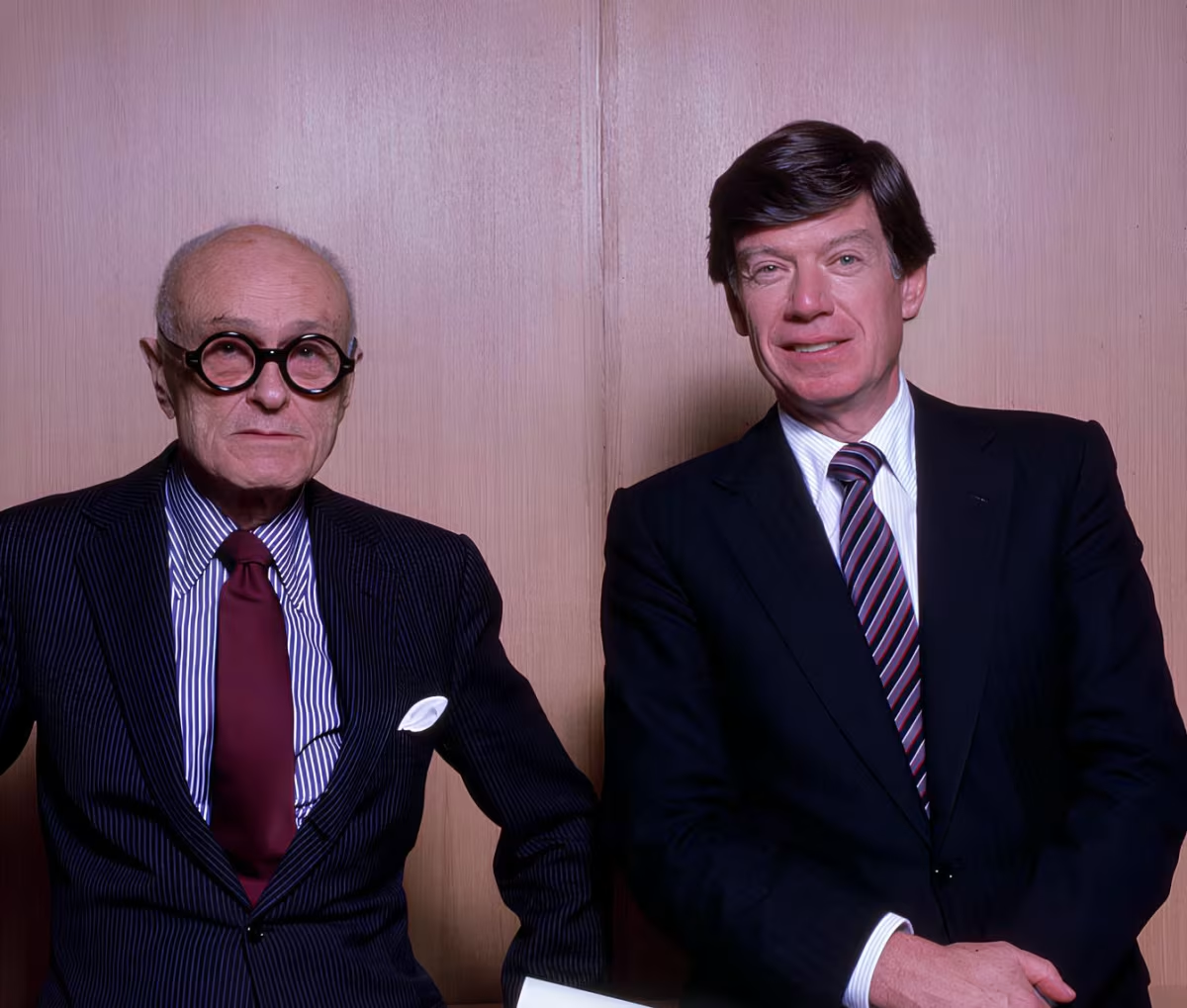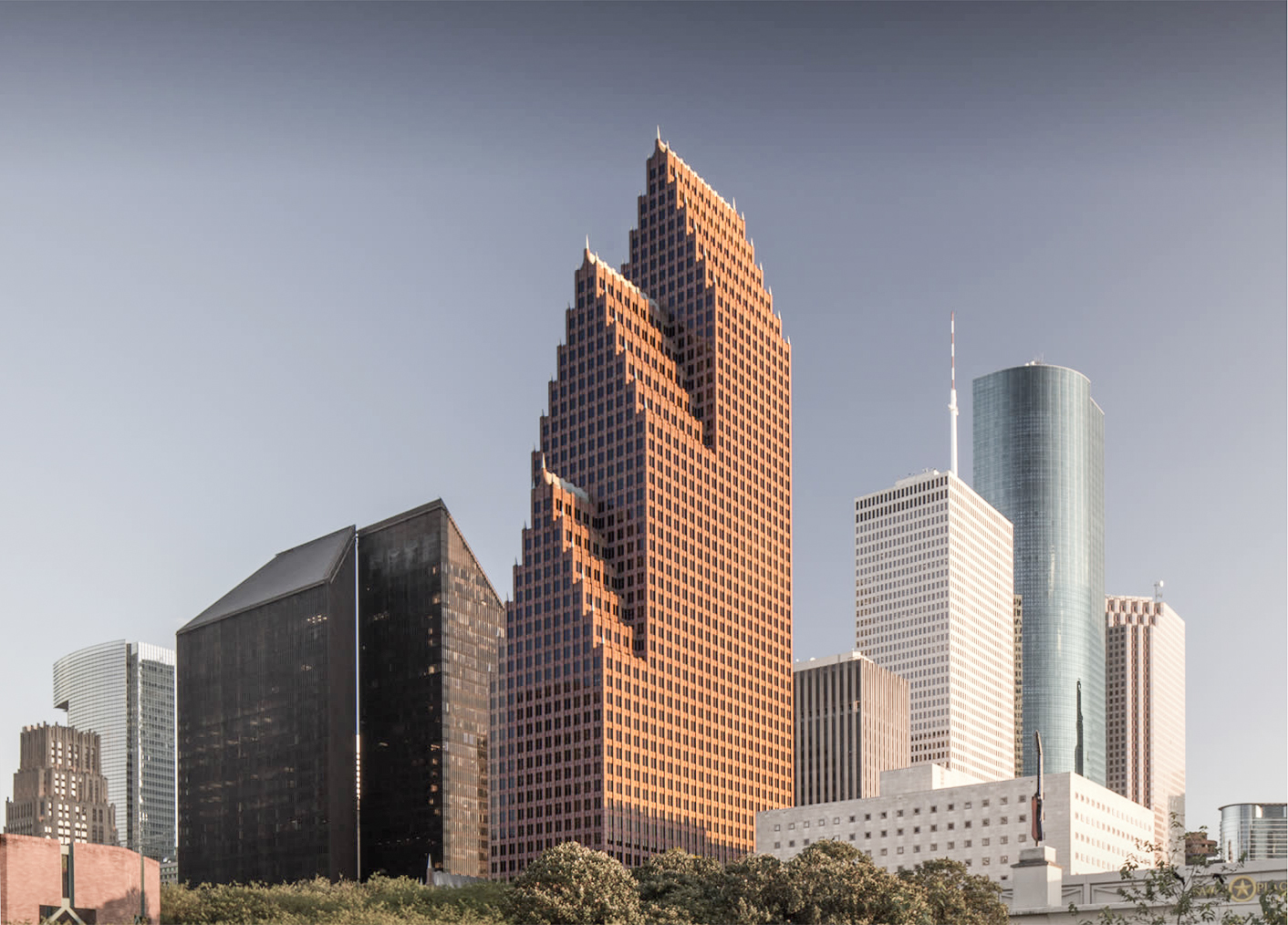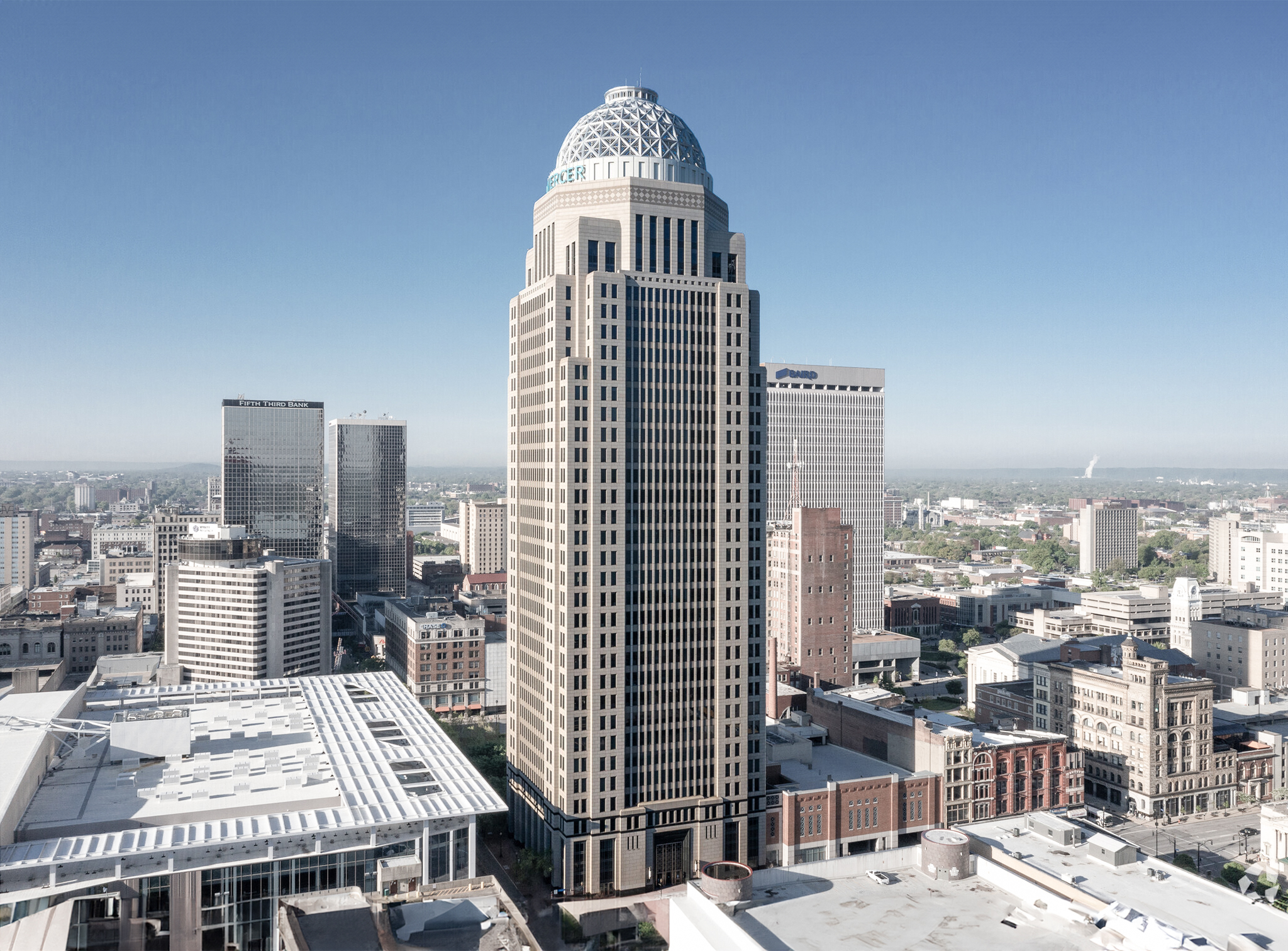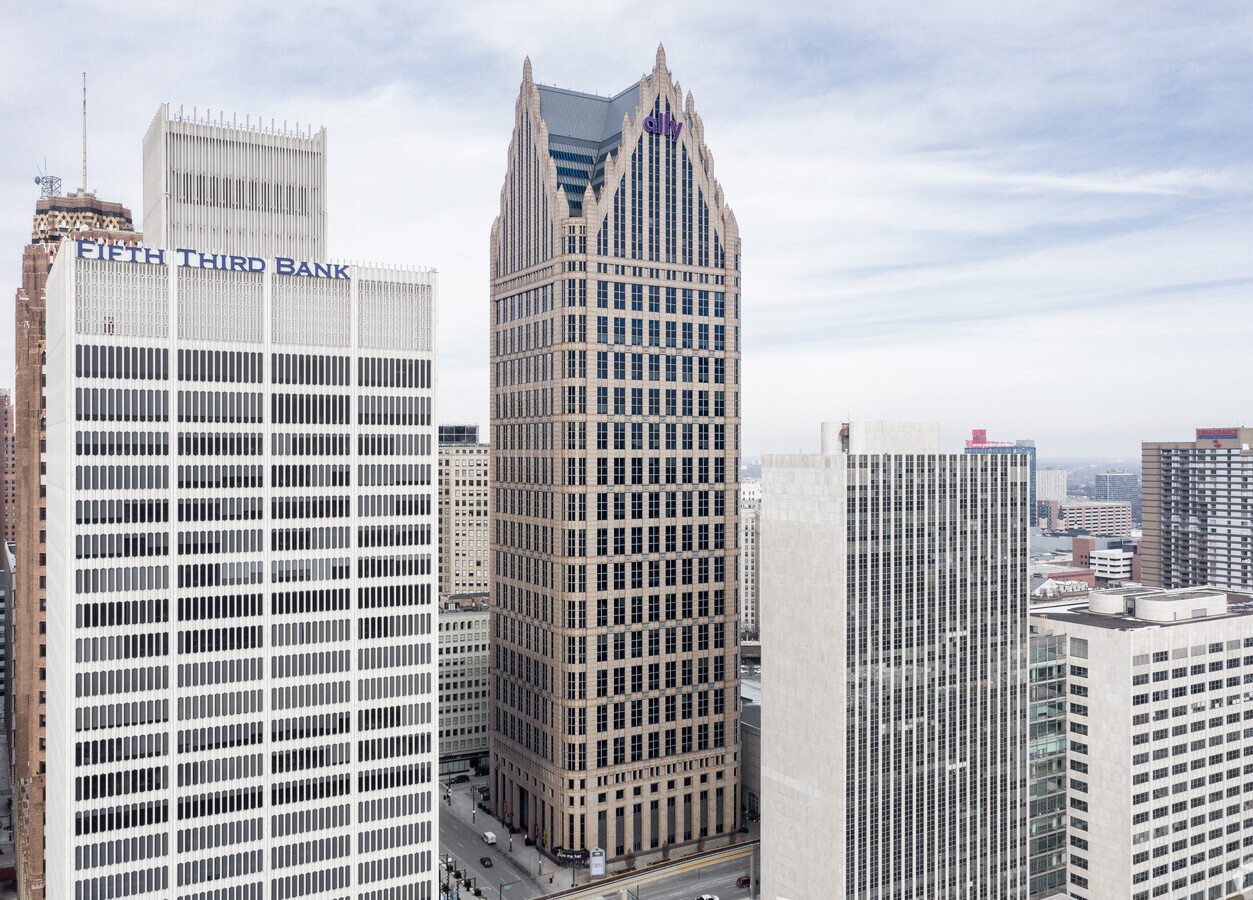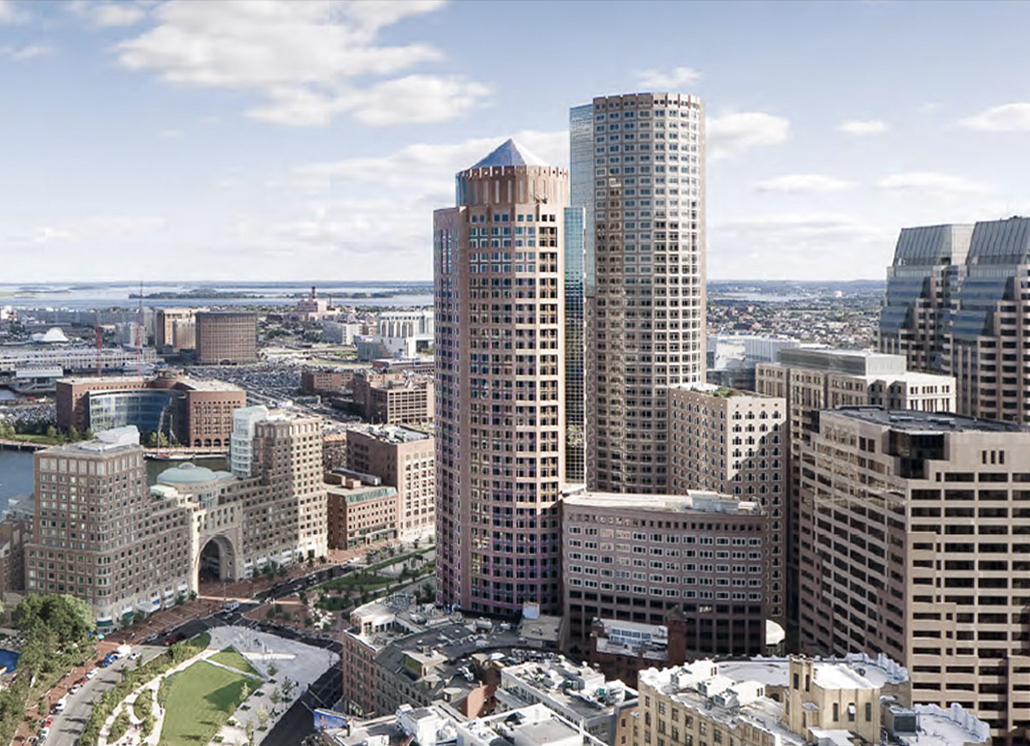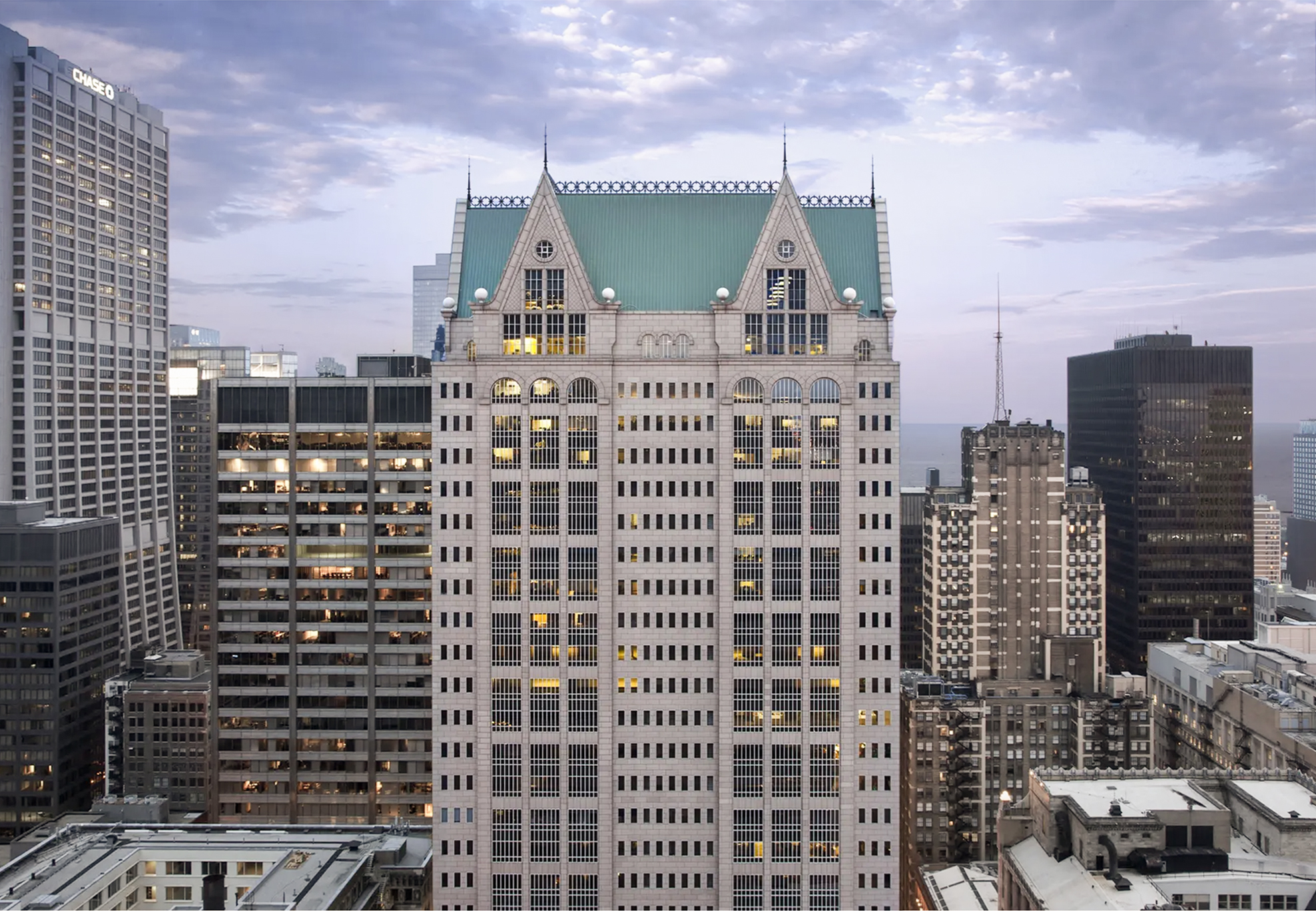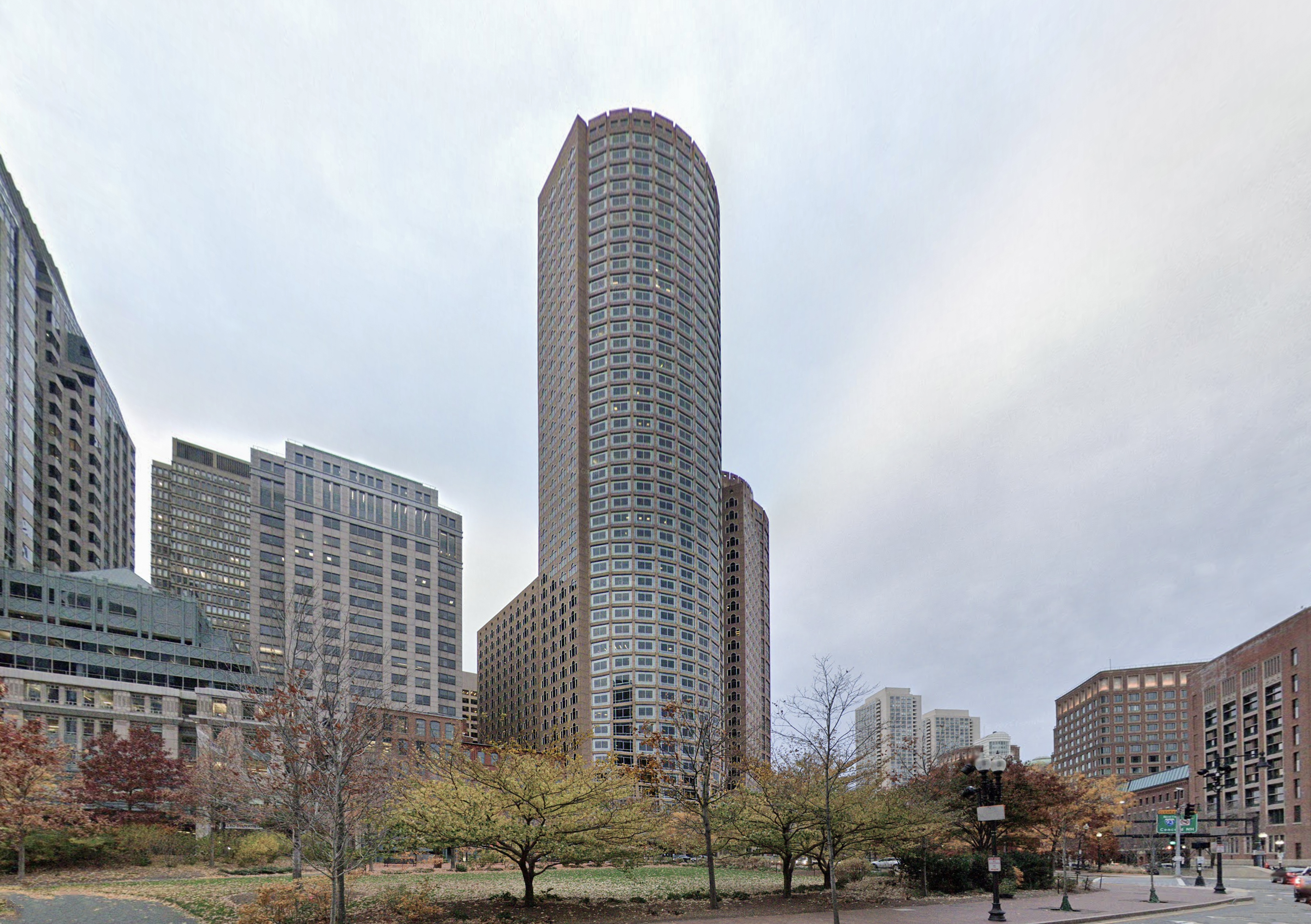The Williams Tower is a Postmodernist skyscraper designed by Johnson/Burgee Architects, with Philip Johnson as lead architect, in association with Morris-Aubry Architects, and built between 1981 and 1983, for a reported $300 million dollars, in Houston, TX.
Williams Tower is not the only name you might know this building by though. Between 1983 and 1999 it was also known as Transco Tower.
Its precise street address is 2800 Post Oak Boulevard, Houston, TX. You can also find it on the map here.
The Williams Tower has received multiple architecture awards for its architectural design since 1983. The following is a list of such prizes and awards:
- Award of ExcellenceAward for Architectural Excellence (AISC) in 1985
- Clean Air Award in 2015
- BOMA Building of the Year Award
Adjacent to the tower, on the South end, a 12,100 square meter linear park with an impressive 19-meter high Water Wall creates a sense of symmetry and classicism.
The building is also linked to a 10-story parking garage with a capacity for 3,208 cars via a sky bridge on the west side.
The Williams Tower used to have a sky deck open to the public, but it was permanently closed after 9/11.
The building underwent a major restoration between 2019 and 2021. The architect commissioned to undertake this restoration was Ziegler Cooper Architects.

